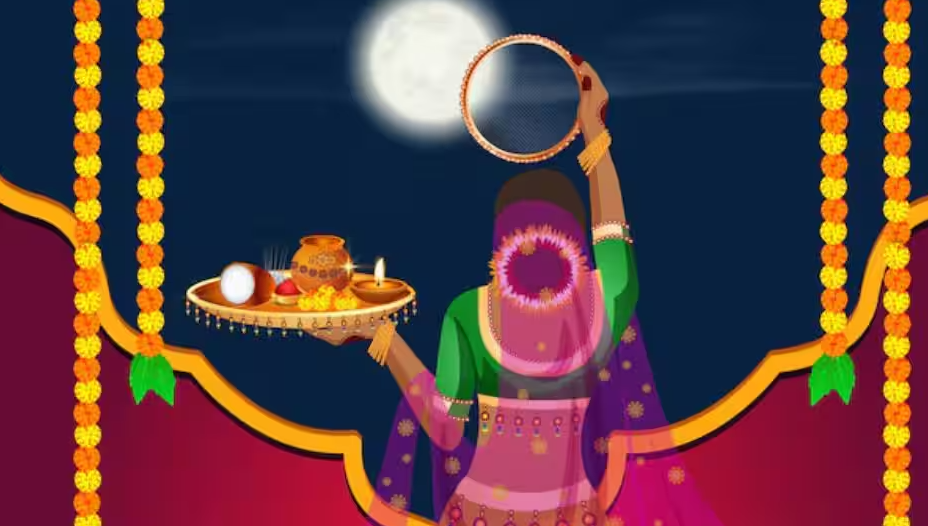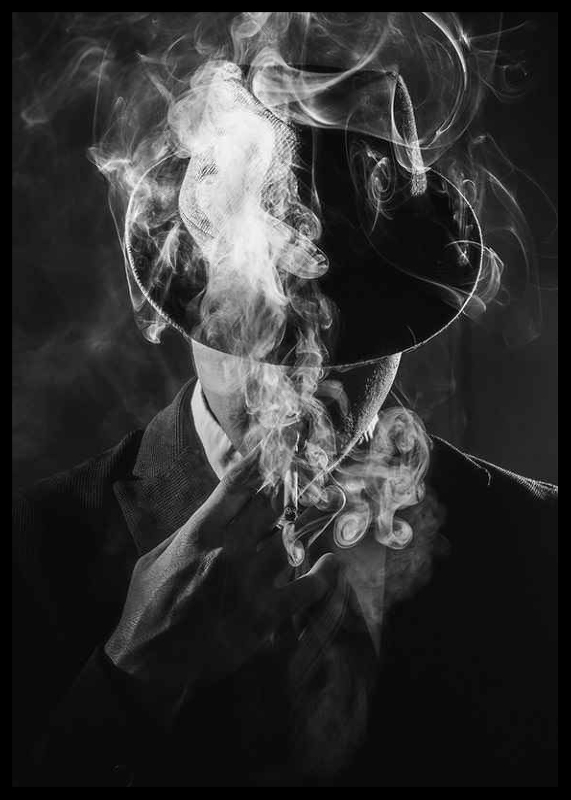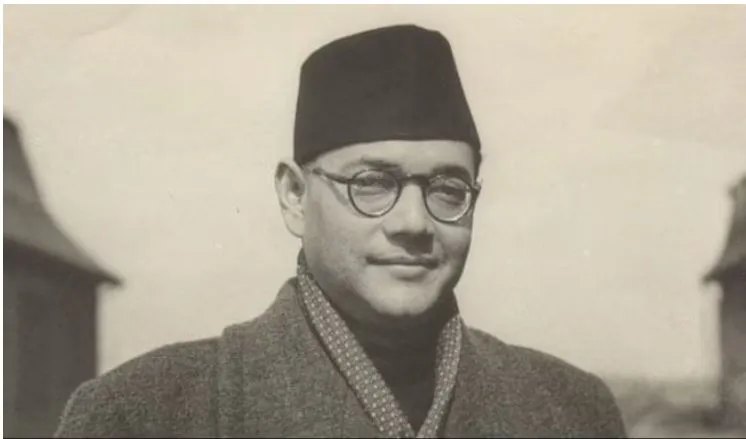Why Women Celebrated Karwa Chauth: Know The Mythology Behind This
Why Women Wait For The Moon: The Fascinating Story Behind Karwa Chauth: Did you know that Karwa Chauth is more than just a ritual of love between husband and wife? Beyond the beautiful customs, bridal adornments, and moonlit moments, this festival is deeply rooted in mythology, symbolism, and spiritual discipline. Let’s explore the story and significance behind why women observe a waterless fast on Karwa Chauth, and why this tradition continues to hold a special place in Indian culture.
The Origin of Karwa Chauth: A Story of Faith and Redemption
The legend of Karwa Chauth tells the tale of a moneylender’s seven daughters and one son. All the sisters observed the fast, but the youngest, unable to bear her hunger, was tricked by her brother. He lit a lamp on a hill, claiming the moon had risen. Believing him, she broke her fast early — only to learn her husband had died.
Devastated, she prayed to Goddess Parvati, who revealed that the fast was broken improperly and thus the misfortune had occurred. The sister then observed Karwa Chauth faithfully for a full year, following every ritual with sincerity. Her prayers were answered — and her husband was restored to life. This story reinforces the power of devotion, discipline, and divine blessing.
Why the Fast Ends Only After Seeing the Moon
The moon isn’t just a beautiful object in the sky — in Hinduism, it symbolizes peace, calmness, stability, and longevity. It is believed to carry the blessings that women seek for their husbands on this day. Breaking the fast only after Chandra Darshan (moon sighting) connects the ritual to a powerful cosmic force that enhances love and prosperity in married life.
The Importance of Listening to the Karwa Chauth Katha (Vrat Story)
The Karwa Chauth Katha is an essential part of the ritual. Women gather in the evening, dressed in vibrant traditional attire and adorned with solah shringar (sixteen bridal ornaments), to listen to the story. This act is believed to complete the fast and invite the blessings of Lord Shiva and Goddess Parvati.
The story isn’t just symbolic — it’s a lesson in devotion and sacrifice, reminding everyone that faith and sincerity can change destiny.
Spiritual Meaning of Moon Sighting (Chandra Darshan)
Seeing the moon during Karwa Chauth is a spiritual act. It is believed that the moon resides on Lord Shiva’s forehead, making the act of worshipping it equal to offering prayers to both Shiva and Parvati. The moon represents calmness and emotional stability, bringing a sense of peace and balance to married life.
Why Do Women Look at Their Husband Through a Sieve?
The sieve (chalni) is one of the most iconic elements of Karwa Chauth. Women first view the moon through it, then look at their husbands through the same sieve. The holes in the sieve form multiple reflections, symbolizing the hope for a long and healthy life for their spouse. This custom is not just traditional — it is deeply symbolic of love, loyalty, and the desire for togetherness.
More Than a Ritual: A Celebration of Marital Bond
Karwa Chauth is often seen as a festival of romantic devotion, but at its core, it is a powerful ritual of faith, resilience, and prayer. From sunrise to moonrise, women willingly fast without food or water, driven by a deep emotional and spiritual connection to their partner. This festival isn’t just about rituals — it’s about celebrating love, strengthening trust, and honoring tradition.
A Timeless Expression of Love and Faith**
So, the next time you see women fasting on Karwa Chauth or taking part in these age-old customs, remember — this festival carries centuries of cultural richness, mythological depth, and emotional strength. It’s a reminder that love and devotion, when combined with prayer and tradition, can create something truly timeless.
ALSO READ: Why You Should Not Visit Temples During the Afternoon





